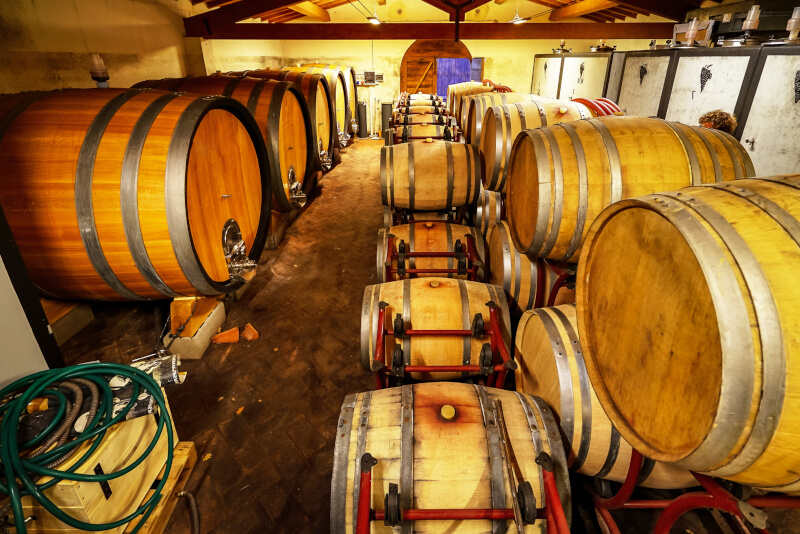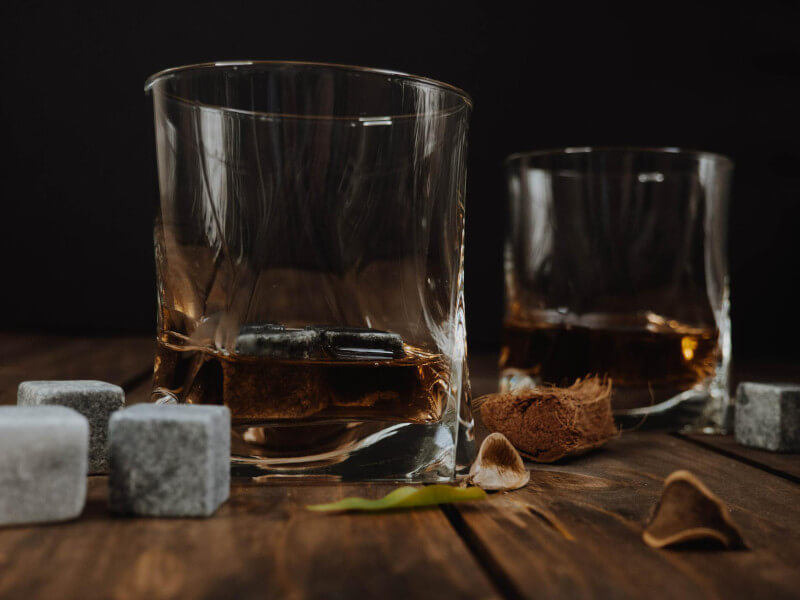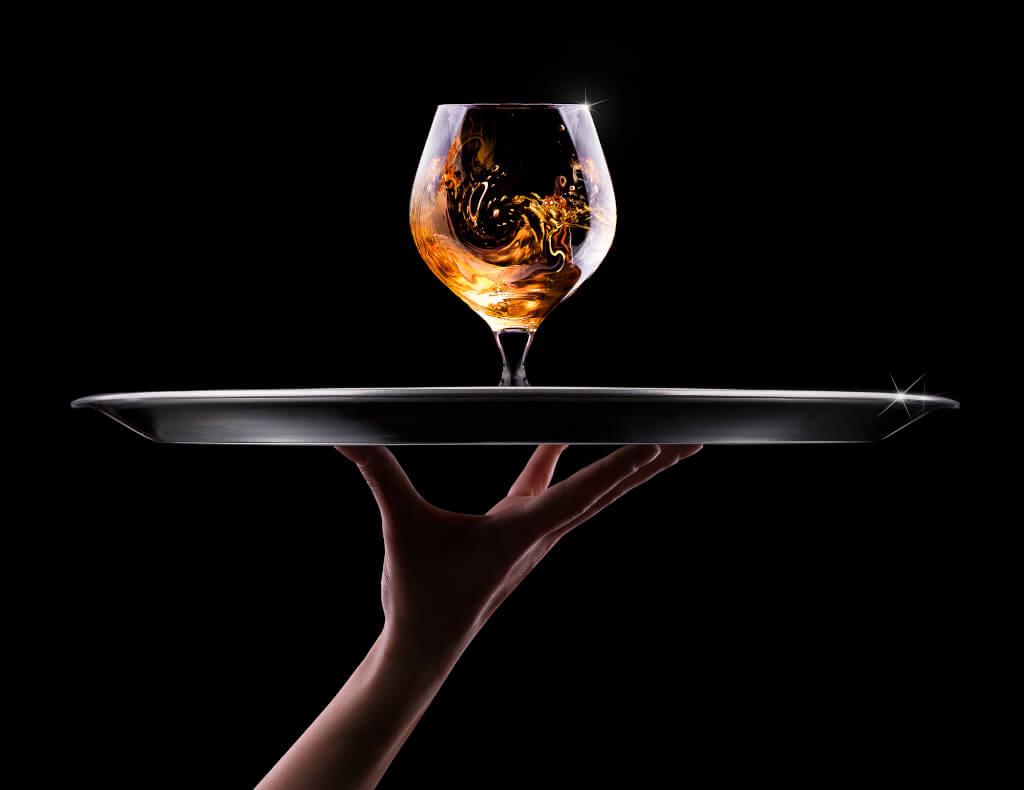Whiskey has been a popular beverage for hundreds of years. whiskey comes in a wide variety, each with a unique character and background. This article will take you on a journey through the history of whiskey and introduce you to some of the best whiskey-making regions in the world. We set off from Japan, where distillers produce some of the world’s most interesting and delectable whiskies.
Japanese Whiskey: a Short History

Masataka Taketsuru established Japan’s first whiskey distillery in the 1920s. Taketsuru was resolved to return to Japan armed with the knowledge he had gained while studying whiskey production in Scotland.
The new distillery had a rough start in its early years as it learned how to make whiskey that was up to the rigorous requirements of Scotland. Nonetheless, they persisted and, in the end, produced a new kind of Japanese whiskey that has won the hearts of drinkers everywhere. In the past few years, an array of new distilleries have opened across Japan, contributing to the expanding whiskey industry.
Today, Japan is home to more than 30 whiskey distilleries, every one offering its distinct flavor profile. In the past few years, Japanese whiskey’s popularity has surged as more and more people come to recognize it as among the best in the world.
Different Whiskeys From Japan
There are two main types of Japanese whiskey: single malt and blended. While blended whiskies use both malted and unmalted grains, single malt whiskies only use malted barley.
The majority of Japanese distilleries also produce single malt whiskies, hence blended whiskies make up the vast majority of the country’s whiskey production. A blended malt, which is a combination of more than two single malt whiskies, is the most popular form of Japanese whiskey.
Types of Flavours
When compared to Scotch whiskey, Japanese whiskey is frequently more delicate in flavor and scent, with a lighter viscosity and smoother texture. Depending on the whiskey distillery and the whiskey’s intended use, the flavor characteristics of Japanese whiskey can vary substantially. However, citrus, flowery, green tea, honey, smoke, and spice are all common in Japanese whiskey.
Unlike whiskies distilled in column stills, Japanese whiskey is often distilled in pot stills, giving it a fuller body and a stronger flavor. There are hints of vanilla and coconut in Japanese whiskey since it is sometimes aged in used bourbon barrels. Sherry casks add fruity and spicy notes to Japanese whiskey during the aging process.
Well-known Whiskies from Japan
The following are among the most well-known labels of Japanese whiskey:
- Single malt, blended malt, and grain whiskies are all produced by Nikka Nikka, one of the most well-known Japanese whiskey brands. Yoichi Single Malt and Miyagikyo Single Malt, both made by Nikka, are two of the brand’s best-selling products.
- Single malt, blended malt, and grain whiskies are all produced by Suntory, another well-known Japanese whiskey brand. Suntory is the proud owner of several storied Japanese distilleries like the Yamazaki and Hakushu. Both the Yamazaki Single Malt and the Hibiki Blended whiskey are top-sellers among Suntory’s whiskies.
- Established in 1955, the Karuizawa distillery in Japan stopped producing its namesake whiskey in the year 2000. Many of the single malt whiskies that were originally produced in Karuizawa are now extremely valuable collectibles. The Karuizawa 1961 and the Karuizawa 1980 are two of the brand’s most well-known expressions of whiskey.
- The Yamazaki Yamazaki Distillery was established in Japan in 1923. In addition to its single malt and blended whiskies, Yamazaki is also well-known for their grain whiskies. The Yamazaki 12-Year-Old and the Yamazaki 18-Year-Old are two of the brand’s most well-known whiskies.
Hibiki
Suntory launched Hibiki whiskey in 1989. Hibiki is a blended whiskey that combines several distinct kinds of whiskey, both malt and grain. The Hibiki 12-Year-Old and the Hibiki 17-Year-Old are two of the brand’s most well-known whiskies.
Chichibu
Ichiro Akuto established the Chichibu whiskey distillery in 2008. Whiskies of many types, from single malts to blends and grain whiskies, are produced in Chichibu. Chichibu On The Way and Chichibu Port Pipe are two of the brand’s most well-known whiskies.
Haushu
Hakushu is a Suntory-made single malt whiskey. Hakushu, Located in the Southern Japanese Alps, was established in 1973. The Hakushu 12-Year-Old and the Hakushu 18-Year-Old are two of the brand’s most well-known whiskies.
Kaiyō
Whiskey from the Kaiy distillery can be found on Miyajima. Single malt, blended, and grain whiskies are all among the alcoholic beverages that Kaiy produces. The Kaiy Malt whiskey and the Kaiy Mizunara Oak whiskey are two of the brand’s best-selling expressions.
Nikka produces a single malt whiskey known as Yoichi Yoichi. Located in Yoichi on the island of Hokkaido, Yoichi was established in 1934. The Yoichi 15-Year-Old and the Yoichi 20-Year-Old are two of the brand’s most well-known whiskies.
Investment Opportunities in Japan’s Whiskey Industry
The market for investing in Japanese whiskey has expanded rapidly in recent years. This is because of both the growing demand for Japanese whiskies and the scarcity of the best bottles.
Yamazaki Single Malt whiskey is currently one of the most well-liked Japanese whiskies available. Yamazaki distillery was established in Shimamoto, a town close to Osaka, in 1923. One of the best-selling expressions from the Yamazaki distillery is the 12-year-old.
The increasing demand for Japanese whiskies has led to a meteoric rise in Yamazaki’s global sales in recent years. With the 2015 “Whiskey of the Year” award from Jim Murray’s whiskey Bible going to the Yamazaki 12-Year-Old, the bottle’s visibility skyrocketed.
The Finest Whiskey Produced in Japan
You now have a basic understanding of Japanese whiskey. There’s a good reason Japanese whiskies are trending upward in popularity: they’re delicious. If you’re in the market for a change of pace, these whiskies are well worth finding out.
Next Up on Our Whiskey Tour is the United States
The United States has a significant role in the whiskey industry because it is the home of bourbon.
Let’s take a more in-depth look at the distilleries and labels that have made the United States a global leader in the whiskey industry. The United States has been producing whiskey throughout the early 18th century. By the end of the 18th century, there had been over 200 distilleries spread across the country, with the first one opening in Pennsylvania in 1753.
Several factors came together in the early 19th century to propel the American whiskey industry to new heights. These included an increase in demand for whiskey as a result of the rise in popularity of cocktails, an abundance of corn (a key ingredient in bourbon), and a more developed transportation network.
Some distilleries survived the dry years of Prohibition (1920–1933) by making alcohol for medical purposes. The American whiskey business started to recover when Prohibition ended. The United States now has hundreds of distilleries that make a diverse range of whiskies. Although bourbon is the most well-known American whiskey, other varieties are also made, including rye whiskey, Tennessee whiskey, and wheat whiskey. You can choose an American whiskey that meets your taste, whether you want a traditional bourbon to drink neat or one that’s a little more adventurous.
American Whiskey Varieties
American whiskey comes in four primary varieties: bourbon, rye, Tennessee whiskey, and wheat whiskey.
Bourbon
Bourbon, the most well-known style of American whiskey, must contain at least 51 percent maize to qualify as such. Wheat, rye, or barley usually makes up the rest of the grain bill. Aged in new charred oak barrels, bourbon can’t have any artificial flavors or colors added to it.
Whiskey Distilled From Rye
There must be at least 51% rye in a batch of rye whiskey for it to be considered rye whiskey. The most frequent grains used are rye, corn, and barley, however, any mix of grains can be used. New charred oak barrels are required for aging rye whiskey, and the spirit may not contain any artificial flavors or colors.
Whiskey From Tennessee
Whiskey from the state of Tennessee is known as Tennessee whiskey, and it is a sort of bourbon. Tennessee whiskey is distinguished from bourbon primarily by the need that it be filtered through sugar maple charcoal before aging in freshly charred oak barrels. Tennessee whiskey’s distinctive flavor comes from this distillation method.
Corn Whiskey
The mash bill of wheat whiskey must contain at least 51% wheat. In comparison to other forms of whiskey, wheat whiskey tends to be less heavy and more sugary. Wheat, rye, and barley are the most frequent grains used, but any mix of grains can be used. No artificial flavors or colors are allowed in wheat whiskey, and it must be matured in new charred oak barrels.
Blended Whiskey
Straight whiskies of different sorts are combined to create blended whiskey. Scotch whiskey, a mixture of malt whiskey and grain whiskey, is the most popular variety of blended whiskey. Compared to single malt or single grain whiskies, blended whiskies are typically simpler and easier to drink.
The Flavor Profile of American Whiskey
- There is a wide range of possible flavors in American whiskey because there are four distinct varieties.
- The sweetest whiskey is bourbon and the spiciest is rye – Wheat whiskey falls in the middle, whereas corn whiskey is the lightest and most neutral.
- The wide variety of whiskey flavors results from the use of various grains – That means there’s a whiskey for every taste bud.
Traditional American Whiskies

Many different types of American whiskies have widespread popularity.
“Jim Beam”
Jim Beam is one of the oldest distilleries in the United States, having opened in 1795. The business is now being managed by the seventh generation of Beams. Jim Beam makes a wide variety of bourbons to appeal to a wide variety of customers.
Maker’s Mark
The Maker’s Mark bourbon is made in small batches by hand in the town of Loretto in the state of Kentucky. The peculiar flavor comes from a special red winter wheat used in its production.
The Buffalo Tracks
Another small-batch bourbon made in Frankfort, Kentucky is called Buffalo Trace. Corn, rye, and wheat are only a few of the grains that go into their production.
Whiskey Bulleit
The Bulleit distillery in Shelbyville, Kentucky, produces a rye-forward whiskey known as Bulleit whiskey. The formula for this product has been around since the 1800s.
For Those Who Prefer Jack Daniel’s
Lynchburg, Tennessee is home to the distillery where Jack Daniel’s whiskey is made. The Lincoln County Process calls for filtering the whiskey over sugar maple charcoal and is used to create this drink.
Wild Turkey Bourbon
Wild Turkey bourbon is made in the city of Lawrenceburg in the state of Kentucky. The mash bill includes 51% maize, 37% rye, and 12% barley in its production.
Knob Creek Bourbon
Clermont, Kentucky is the home of Knob Creek Bourbon. It has a higher rye concentration than other bourbons due to its mash bill of 60% corn, 36% rye, and 12% barley. American whiskies come in a wide variety, and each has its distinct flavor.
Whiskey Resale in the United States
- The secondary market for American whiskey is growing, especially for limited edition and uncommon bottles.
- Even while bourbon gets all the attention, many other kinds of American whiskies are just as delicious.
- Collectors are driving growth in the secondary market for American whiskey, particularly for limited edition releases.
- You can choose an American whiskey that suits your tastes, whether or not you like bourbon.
Japanese whiskey has emerged as a serious player in the world whiskey arena, adding to the rich and diverse heritage of whiskey that spans centuries. Overcoming obstacles, Japanese distilleries have created whiskies that are now highly regarded all over the world. Japanese whiskey is fascinating because of the wide range of flavors it encompasses, from light to bold. Increased interest in the finest bottles of Japanese whiskey has led to a boom in opportunities for investors.
American whiskies, such as bourbon, rye, Tennessee whiskey, and wheat whiskey, continue to dominate the market as we travel across the world sampling other types of whiskey. Unique qualities of each type allow it to appeal to a wide range of customers. The secondary market for American whiskey is booming, thanks in large part to collectors looking for rare releases of brands like Jim Beam, Maker’s Mark, and Buffalo Trace. Every whiskey enthusiast can find something to their liking, whether they like to delve into the world of Japanese whiskey or the numerous offers of American whiskey.

